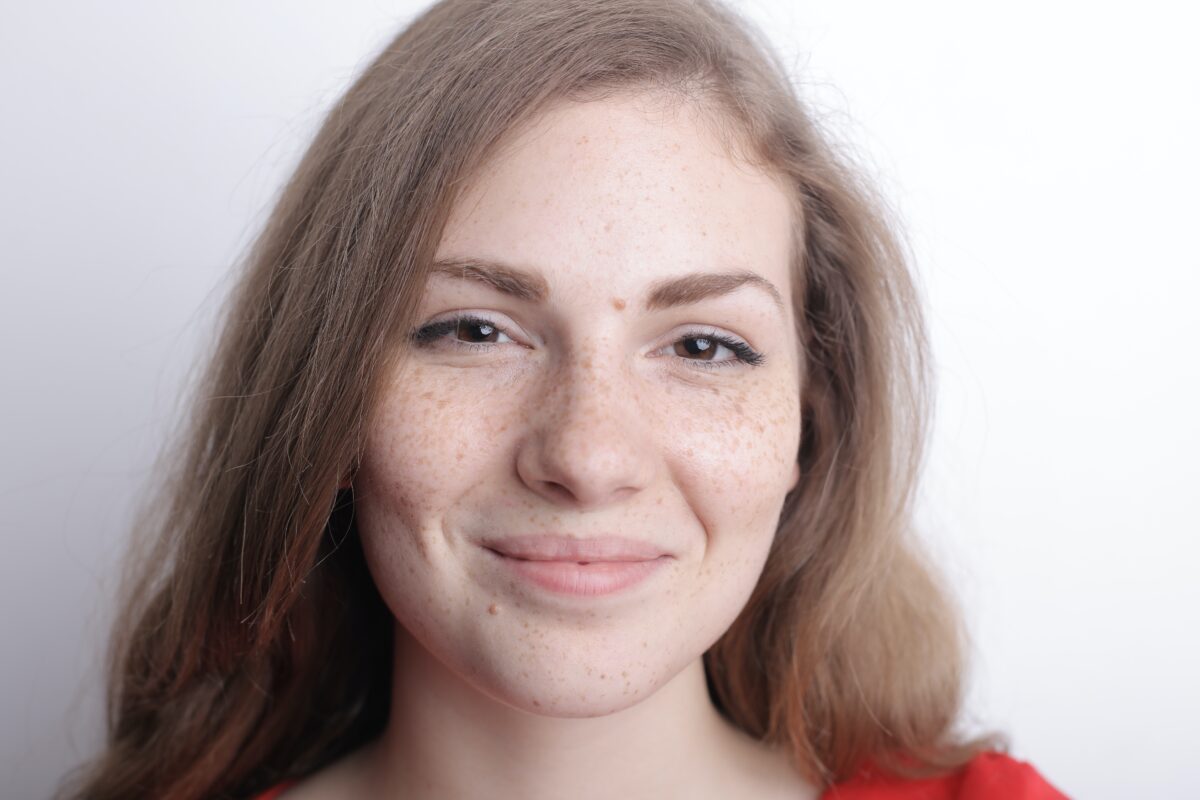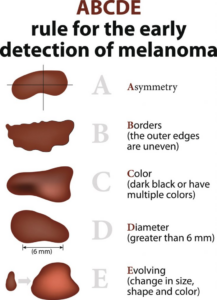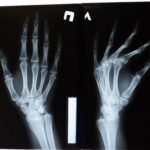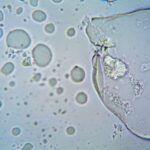Skin Spots From Sun (Face): What To Look For And When To See a Doctor

Have you been noticing flat brown spots on your face? There are various types of discoloration patches on our skin, such as birthmarks, freckles, and skin rashes. However, if yours appeared after prolonged exposure to the sun’s rays, the brown patches on your skin are likely sunspots.
Learn more about sunspots, how to treat them, sunspots vs. skin cancers, and when to see a doctor for sunspots in this article.
What Are Sunspots?
Sunspots are known by many names, such as age spots, sun scars, and liver spots. Although they are more common for people aged 40 and above, sunspots are caused by sun exposure instead of age or an underlying liver condition (this is a common misconception).
Sunspots are clumps of concentrated melanin from prolonged sun exposure. You can still get sunspots no matter your age, as the longer you are under the sun’s rays, the more melanin your body produces.
Sunspots appear as flat, dark, and scaly patches on your face, neck, shoulders, arms, and hands where sunlight hits you the most. Normally, they are dark brown or tan in color. They are also non-cancerous and can disappear naturally or be removed with the help of cosmetic treatments.
Are Sunspots Harmful?
Despite appearing as a result of sun damage to your skin, sunspots aren’t harmful. Most sunspots fade naturally over time and can be treated at home.
However, to make sure that the dark patches on your body aren’t cancerous, regularly perform skin checks and consult your doctor if you notice unusual sunspot development or discomfort when you touch the spot.
What Causes Sunspots?
Your genetics, skin, and habits determine whether you will get sunspots. For example, people with lighter skin, red hair, and women are more affected by sunspots, especially if they have a history of severe sunburns and family members with sunspots or other sun-induced skin conditions.
People who have darker skin and those who regularly apply sunscreen may have a smaller risk of acquiring skin conditions like sun spots.
Ultimately though, the biggest cause of sunspots is long-term exposure to UV rays. This is why using tanning beds leads to a higher risk of developing sunspots.
While the risk of acquiring liver spots is always present, you can reduce it with these tips:
- Apply sunscreen that’s SPF 30+ or higher
- Protect your skin and do not use tanning beds
- Limit sun damage by avoiding direct exposure to sunlight, especially between 10 am to 2 pm
- Wear protective clothing in case you can’t avoid going outside
- Practice regular skin checks while following the ABCDE rule
- Seek medical care at the earliest sign of skin problems
How Can You Tell If a Sunspot is a Melanoma?
Although age spots aren’t harmful, melanomas are a different story.
Melanomas are a rare type of skin cancer, accounting for only 1% of all skin cancer cases. Despite this, melanomas have the most deaths of skin-related cancers. According to data from the American Cancer Society, there will be 99,780 new cases of melanomas in 2022, and 7,650 of them will result in death.
Despite its high fatality, when treated early, melanomas are highly curable. This is because the cancer cells are only present on the epidermis of the skin during the early phases of melanoma development.
It isn’t unusual to confuse melanomas and sunspots as they both appear as dark patches on the face and other spots of the body. Nevertheless, routine ABCDE checks can help you determine if your suspected sunspot is a melanoma.
The ABCDE rule is an acronym for Asymmetry, Border, Color, Diameter, and Evolving. It will tell you if your sunspot requires further medical attention. To identify if the discoloration on your skin is showing signs of possible skin cancer, check if your patches have:
- Asymmetrical shapes
- Irregular borders
- More than one color
- Are more than 6mm in diameter in size
- Obvious changes in terms of appearance

Source: Birmingham Health Club
A doctor will need a small sample for a skin biopsy to provide an accurate diagnosis of melanoma.
Melasma is a similar-looking skin pigmentation disorder that can be mistaken for age spots or melanomas. Usually seen on the face, melasma looks like dark patches or temporary redness that commonly appears during a woman’s pregnancy. Often, it fades on its own over time or after giving birth.
Unlike melanomas, melasma and sunspots aren’t skin cancer but skin pigmentation disorders.
When To See a Doctor About Sunspots
Sunspots do not pose health risks, and people only really need to seek treatment for them for cosmetic reasons. If you wish to remove sunspots faster, you may wish to consult a dermatologist for treatment options such as chemical peels or laser treatment.
However, if your sunspots have been showing new characteristics that are consistent with the ABCDE rule, are causing discomforts such as itchiness, or are bleeding or expelling fluid, it is best to consult your doctor immediately.
How To Treat Sun Spots At Home
Here’s a list of home remedies you can try to treat sunspots:
- Apply aloe vera plant or gels. It contains active compounds that diminish hyperpigmentation.
- Dab green tea and black tea on your sunspots.
- Consider soaps and creams that have kojic acid or glycolic acid.
- Use oils and serums with Vitamin E and topical creams with Vitamin C because they have antioxidants that can lighten dark areas.
- Apply apple cider vinegar combined with water.
- Soak cotton balls in milk and apply them to your face. Milk contains lactic acid that helps lighten dark spots.
The Bottom Line on Skin Spots on Your Face
Sunspots do not present many health risks, but learning about them and how to distinguish them from melanomas will help you seek treatment early if your sunspot turns cancerous. Keep in mind that:
- You get sunspots from sun exposure.
- Sun protection matters. You can prevent sunspots if you use sunscreen and avoid going out at certain times of the day.
- Laser therapy can get rid of your age spots.
- Melasma can appear similar to sunspots and melanomas.
- The ABCDE rule in skin checking will tell you if your sunspot is a melanoma.
- Sunspots are non-cancerous, but melanomas are.
- When treated early, melanomas are easily cured.
Consult your dermatologist immediately if you suspect that the discoloration on your skin shows melanoma symptoms.
Sources:




